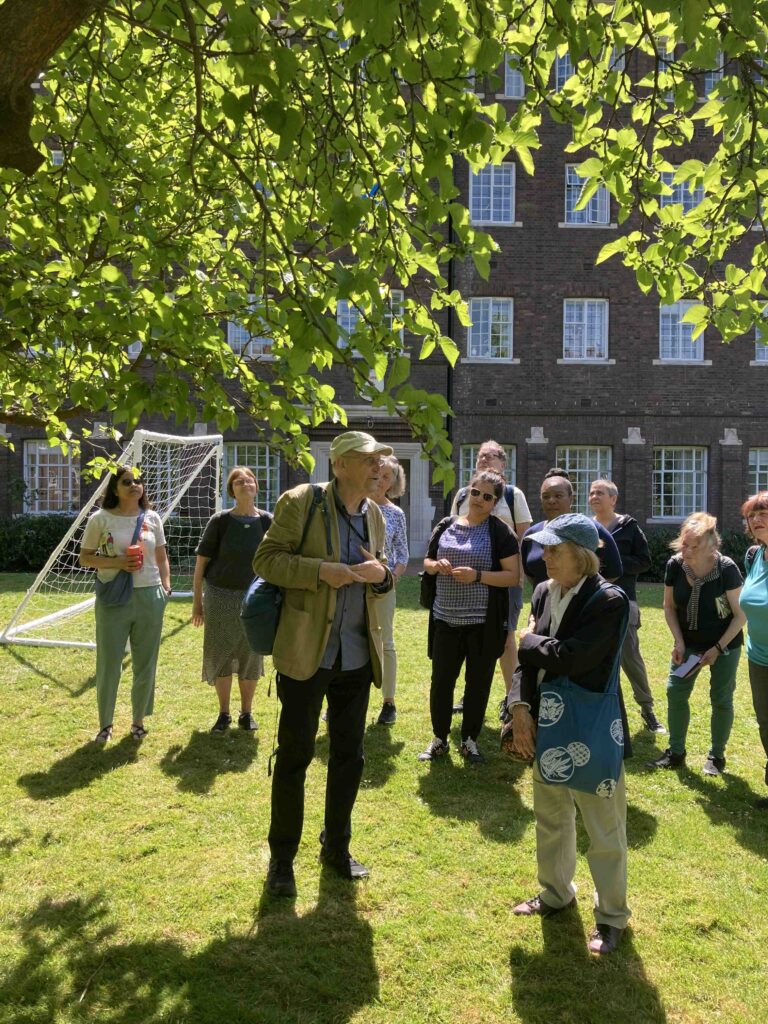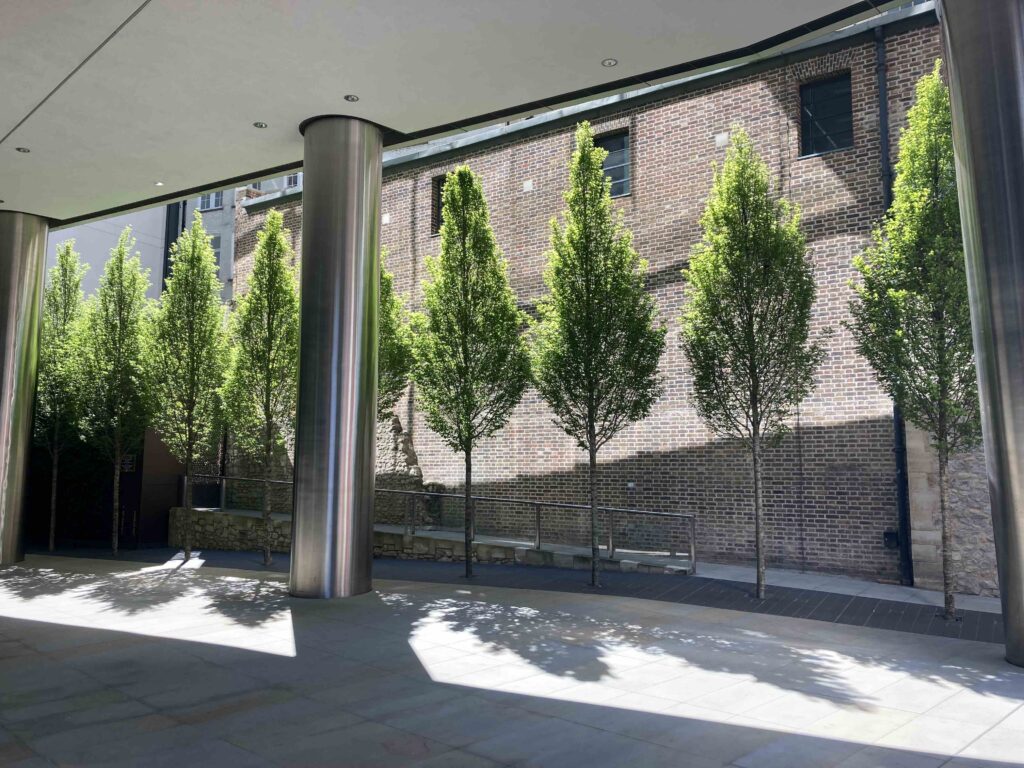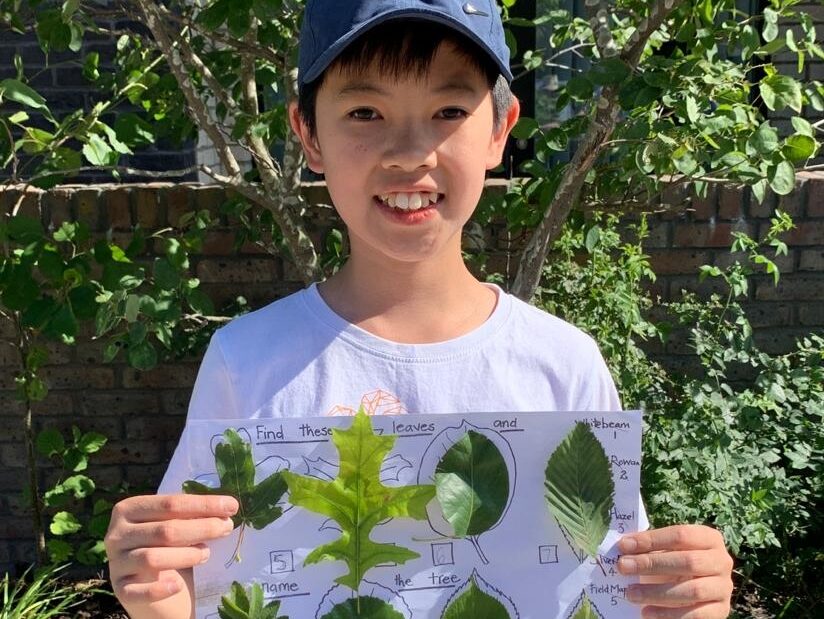The Urban Tree Festival celebrates urban trees annually. We have ventured behind the scenes of this organisation.
Nettle Magazine speak to Andrew Stuck, inventor of the Urban Tree Festival, and dives into the behind-the-scenes of the celebration of urban trees.
Q: What motivated you to start the festival?
A: Previously, there was London Tree Week, which the mayor of London ran. In 2018 the mayor chose to end London Tree Week’s funding. So, I thought, let’s fill that hole. Instead of having a London Tree Week, we’ll have an Urban Tree Festival. I got together people that I had been working with to deliver walks for the Mayor of London and we did a crowd funder: a friend of ours shot a video, and we talked about the idea and put it around every person we knew. As we were doing that, we were approached by Tree Cities, which is a campaigning organisation. They were excited about continuing the London Tree Week with an Urban Tree Festival, and they would match any pledge up to £100. We raised a little over £3000, and we put on a three-day Urban Tree Festival for the first time in 2018.

Photograph: taken by the Urban Tree Festival
Q: What are the main events in the festival?
A: We began just with walks. In the first year, I think we did three walks a day, so around 12 walks. Then we added a talking session. We found a venue and had get-togethers where we invited people who were doing something with trees in London, such as campaigning groups, and volunteer friends. It proved popular, making us excited to do it again.
Q: Do you plan on expanding the festival?
A: The first year, it was a three-day weekend. The second year we didn’t have enough funds, so we did a two-day weekend. The third year was 2020, and we were offered a couple of venues, and suddenly it became a nine-day festival. Then COVID-19 happened, so we were putting on online events every day for those nine days. Now people want to know, when’s the next festival.

Photograph: taken by the Urban Tree Festival
Q: How is the festival’s financial progress?
A: We had been approached by an organisation who offered us a venue for a whole day. We were gaining popularity and momentum. When you’re getting this kind of momentum, everybody wants to be a part of something that’s successful. The Horniman Museum in Forest Hill, SE London, wanted to be involved and offered us a venue too; they offered us the use of their gardens.
We were doing all the work ourselves and we didn’t bring in a coordinator until 2021. After COVID, we were burned out like crazy. Since we had so many contributors, and so many different events going on online, we distributed what money we had and gave everyone £50. We were kind of a shoestring organisation. Now there were different circumstances; there is now a London urban forest plan, so there is new funding put towards an annual celebration of trees.
Previously, we were selling tickets, and distributing the money. But after being funded, one of the big strings attached is that tickets are free, and only accept donations. So financially, the festival does not make money, it only comes out with a surplus.
Q: With some of the mindfulness walks, have you seen any mental health benefits from the participants?
A: When we were online with COVID, Mel did a morning meditation. Each day, 90 people joined, and the feedback we got was tremendously positive. But you can’t evaluate a person’s mental health over that time. When we were doing walks on the ground, you did 60 or 90-minute walks. They can fill in a feedback form, and they may tell you they feel better than when they began, but you have to take it with a pinch of salt. The samples are far too small. Getting 100 people on an online meditation is fantastic, but on a mindfulness walk you’re working with 20 people maximum, so you can’t really know.

Photograph: taken by the Urban Tree Festival
Q: What’s the most rewarding thing for you when doing the festival?
A: For me, it’s when you’re on the ground, doing an activity. Especially if you imagine you’re working with a bunch of strangers, and within 90 minutes, they become friends for life. They actually enjoy each other’s company and have done something together. That’s a very satisfying feeling that you’ve made that happen.
One of the simple things I did was give people a pizza tray; I got them to go around and collect seeds and leaves that had fallen on the ground and create. You just create a little collage with stuff. People really got into it!
Another one was a mindfulness part, we got people to work in watercolour. We asked them to give us feedback and their reaction painted in watercolour which was a sort of sensory experience. That was really fascinating to watch and see how much they enjoyed doing it. And they get to take away a souvenir too.
Q: Is there anything new that will be coming to the 2024 festival?
A: We have some amazing ideas that could be implemented if the funding or enthusiasts were there. You don’t necessarily need a lot of funding; you just need a bunch of enthusiasts to make things happen. We’re hands-on, and last-minute, and I can’t guarantee a festival will be coming this year.
It’s got huge potential, we want to do Plymouth, Birmingham, Glasgow, Edinburgh. But you need a lot of human hands to make these things happen. It takes great effort to play the host and get great success. You need skills, time, and passion.
